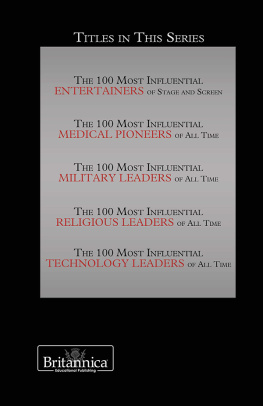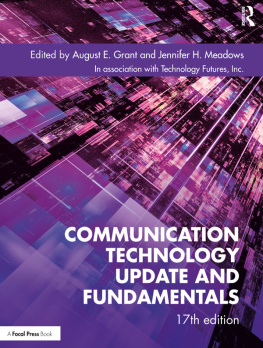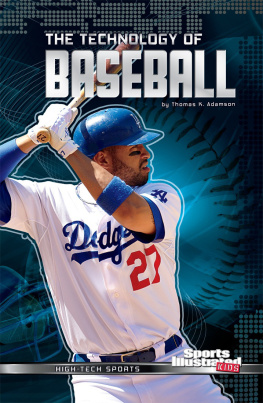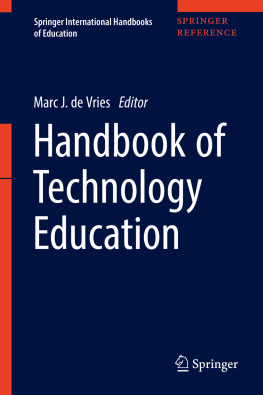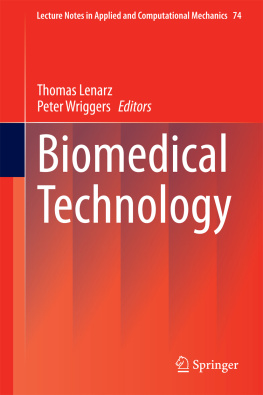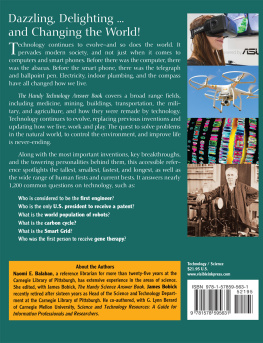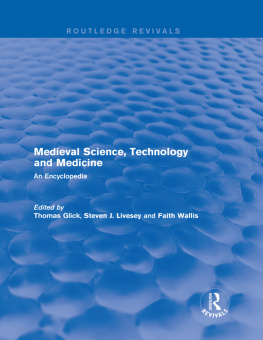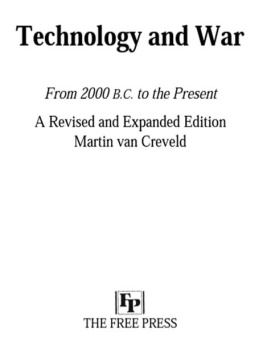

Published in 2017 by Britannica Educational Publishing (a trademark of Encyclopdia Britannica, Inc.) in association with The Rosen Publishing Group, Inc.
29 East 21st Street, New York, NY 10010
Copyright 2017 by Encyclopdia Britannica, Inc. Britannica, Encyclopdia Britannica, and the Thistle logo are registered trademarks of Encyclopdia Britannica, Inc. All rights reserved.
Rosen Publishing materials copyright 2017 The Rosen Publishing Group, Inc. All rights reserved.
Distributed exclusively by Rosen Publishing.
To see additional Britannica Educational Publishing titles, go to rosenpublishing.com.
First Edition
Britannica Educational Publishing
J.E. Luebering: Director, Core Reference Group
Anthony L. Green: Editor, Comptons by Britannica
Mary Rose McCudden: Editor, Britannica Student Encyclopedia
Rosen Publishing
Bailey Maxim: Editor
Nelson S: Art Director
Nicole Russo: Designer
Cindy Reiman: Photography Manager
Karen Huang: Photo Researcher
Introduction by Henrietta Toth
Library of Congress Cataloging-in-Publication Data
The 100 most influential technology leaders of all time / Edited by Bailey Maxim.
pages cm. -- (The Britannica guide to the worlds most influential people)
Includes bibliographical references and index.
ISBN 978-1-5081-0045-4 (eBook)
1. Technology--Biography--Juvenile literature. 2. Technology and civilization--Juvenile literature. I. Maxim, Bailey, editor. II. Title: One hundred influential technology leaders.
T39.A16 2015
609.22--dc23
2015021749
Photo credits:
Cover, Brian Ach/Getty Images
CONTENTS

M odern sensibilities associate technology with the Internet, drones, and the latest version of the iPhone. Dictionaries define technology as the implementation of scientific information for practical advantages, especially in industry. The word technologyderived from the Greek for art and craftwas used as early as the beginning of the 17th century. Technology, in fact, is not a concept new to the modern world. While the actual word may only have been around for a little over four hundred years, technology has existed for as long as humankind has invented items that improve and enhance much of daily living.
Of the 100 leaders of technology covered here, few are household names. However, the contributions made by these innovators of technology affect nearly every facet of lifefrom transportation and communication to science and entertainment. The inventions run from large, like the turbo-jet engine by Frank Whittle, to small, like the ballpoint pen by Lszl Jzsef Bir. They have built upon one another, inventions being used as stepping-stones to achieve even greater advances in technology.
The earliest technology leader listed in this volume is Johannes Gutenberg, born in Germany in the 14th century. Gutenberg was responsible for the single most important advancement of the modern period that followed the Middle Ages. His moveable type printing press revolutionized how the printed word was set on paper and viewed by readers with little major change until the 20th century, thus laying the groundwork for disseminating knowledge and information to the masses. The Gutenberg Bible was the first major book produced using this new printing technique.
Galileo Galilei looked to the heavens to make his mark on technology. In 1609, Galileo improved on early existing telescopes to create a powerful instrument that magnified the planets and the Moon. His studies on motion and his support of the controversial Copernican view that the Sun is the center of the universe gained Galileo veneration as the father of modern science. Johannes Kepler, another astronomer, mathematician, and contemporary of Galileo, devised the laws of planetary motion.
Technology has altered all modes of transportation, both on earth and above it, and helped to usher in the modern age. The wheel and the horse gave way to new ways of travel that quickly moved people and commerce. In the early 19th century, inventor and engineer Robert Fulton developed successful steamship travel. His ship Clermont plied the Hudson River from New York City to Albany, covering the 150-mile strip in 32 hours. Personal travel became possible and affordable with Henry Fords mass production of automobiles. Wilbur and Orville Wright took to the sky, building and flying the first successful airplane in 1903. Igor Sikorsky is credited with the first effective design of the helicopter in 1939. By the mid-19th century, agriculture was moving faster too thanks to John Deeres improved steel plows. Thomas Davenport constructed in 1834 a battery-powered electric motor, which he used to propel small cars, and which later led to the development of much larger machinery. Even more speed was assured with the turbo-jet engine patented in 1930 by aviation engineer and pilot Frank Whittle. Elisha Graves Otis made it possible for architects to consider taller buildings after developing the elevator in 1853.
The singular importance of technology in communications cannot be disputed. The works of these inventors brought people into immediate contact for the first time with others who were miles and even oceans away. In the early 19th century, Samuel F.B. Morse helped design the single-wire telegraph system and the Morse code. Alexander Graham Bell is recognized as the inventor of the early telephone, receiving a patent for it in 1876. A less familiar name is Emil Berliner, who developed the early phonograph using a disc record and also contributed to telephone technology. Guglielmo Marconi made possible communication over long distances via a radio telegraph system for which he shared the 1909 Nobel Prize.
Other technologies now ingrained in daily life without much thought to their emergence include photography, electric light, the sewing machine, and frozen food. By 1839, Louis Daguerre had developed an early form of photographic process called the daguerreotype, resulting in a permanent image from a shorter exposure and chemical development. George Eastman brought photography into the mainstream as early as 1888 with an easy to use camera. In 1892 he founded the Eastman Kodak Company, which dominated the photographic industry in the United States. The most prolific inventor of the modern age is also perhaps its best known: Thomas Edison. With a record of over 1,000 patents, Edison contributed to the phonograph, the telegraph, the motion picture camera, and the incandescent electric light.
Some pioneers create the platform upon which later innovators strike the right balance for inventions. Joseph Swan demonstrated an early version of the electric lightbulb in 1878. Swan also devised the dry photographic plate thereby making a significant contribution toward the progress of modern photography. In the late 19th century, the sewing machine revolutionized commercial and home sewing. The Singer sewing machine is well known, but it began as a facsimile in violation of a patented sewing machine developed by Elias Howe. Technology pioneers sometimes work within similar timeframes on designs, occasionally collaborating but more often competing. By 1891, Edison had developed the Kinetoscope that showed short films to individual viewers via a peephole. In France in 1895, brothers Auguste and Louis Lumire produced what is considered the first motion picture. In the 20th century, frozen food became a component of meals thanks to Clarence Birdseye. Although Birdseye did not invent frozen food, his fast freezing method was the most successful in retaining the original flavor and texture of many foods. Writing a grocery list or anything else is easy with a ballpoint pen. Prior to its invention in 1931 by Lszl Jzsef Bir, writing with a fountain pen could be messy as they often leaked ink. In 1945, Bir obtained a patent for his ballpoint pen, which retains its basic design today.

